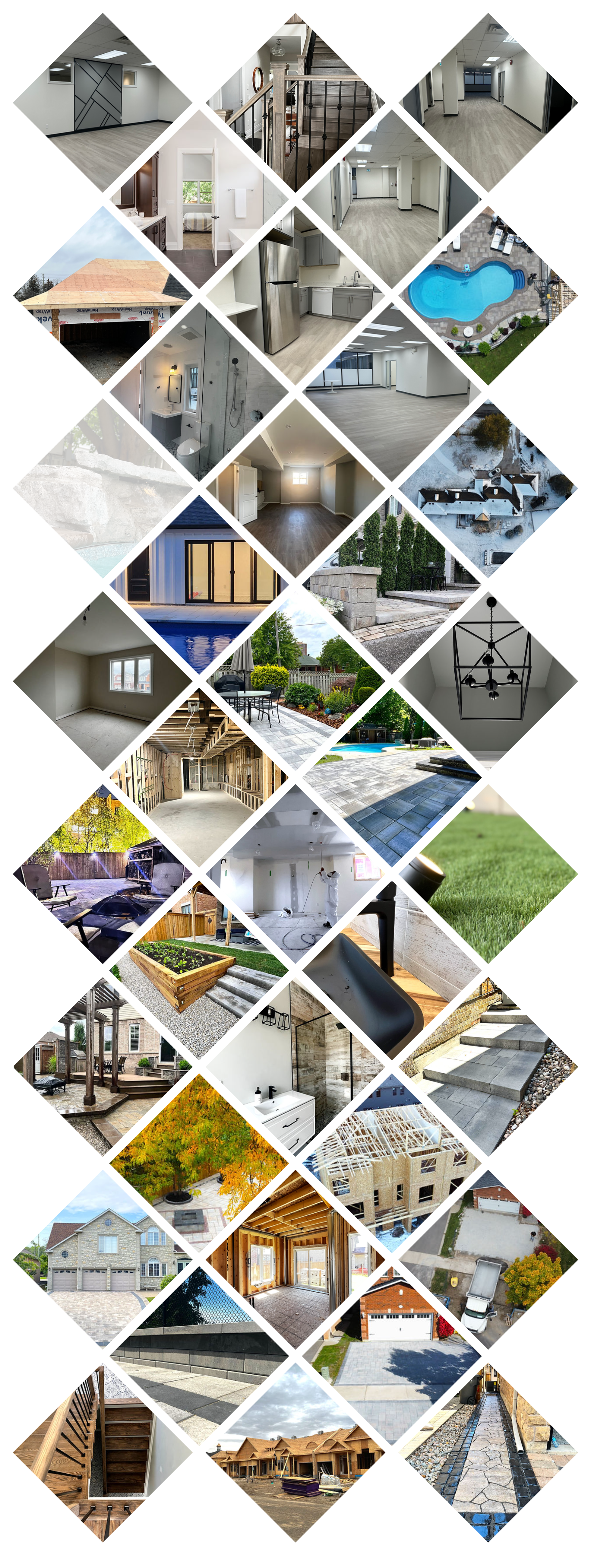Selecting the perfect interlocking pattern is essential for creating a visually stunning and cohesive look for your outdoor space. With a wide variety of patterns available, each offering its own unique aesthetic and functionality, it’s important to consider several factors before making your decision.
Style and aesthetic:
Consider the overall style and aesthetic of your outdoor space when choosing an interlocking Oakville. Whether you prefer a traditional, contemporary, or rustic look, there’s a pattern to match your preferences. For a classic and timeless look, consider a herringbone or basketweave pattern. For a more modern and geometric feel, opt for a running bond or stack bond pattern. Take cues from your home’s architecture and existing landscaping to ensure that the pattern complements the overall design aesthetic.
Size and scale:
The size and scale of your outdoor space will also influence your choice of interlocking pattern. Larger spaces can accommodate more intricate patterns with multiple shapes and sizes, while smaller spaces may benefit from simpler patterns with uniform shapes. Consider the proportions of your space and choose a pattern that improves its scale and visual appeal. Keep in mind that larger patterns can make a space feel more expansive, while smaller patterns can create a sense of coziness and intimacy.
Functionality and traffic:
Consider the functionality and traffic patterns of your outdoor space when selecting an interlocking pattern. High-traffic areas like driveways and walkways may benefit from more durable patterns with tightly interlocking joints, such as a running bond or herringbone pattern. Areas designated for lounging or entertaining may lend themselves to more decorative patterns with intricate designs, such as a basketweave or pinwheel pattern. Choose a pattern that looks beautiful and also withstands the demands of everyday use.
Budget and installation:
Your budget and installation timeline will also play a role in your choice of interlocking pattern. Some patterns require more time and skill to install than others, which may impact your overall project costs. Consider the complexity of the pattern and your contractor’s experience level when determining feasibility and budget. Keep in mind that simpler patterns with fewer cuts and angles may be more cost-effective and easier to install, while more intricate patterns may require additional labor and materials.
Personal preference:
Eventually, the right interlocking pattern for your project comes down to personal preference. Choose a pattern that resonates with you and reflects your individual style and taste. Experiment with different patterns using sample pavers or design software to visualize how they will look in your space. Trust your instincts and select the pattern that speaks to you and complements your outdoor lifestyle.

